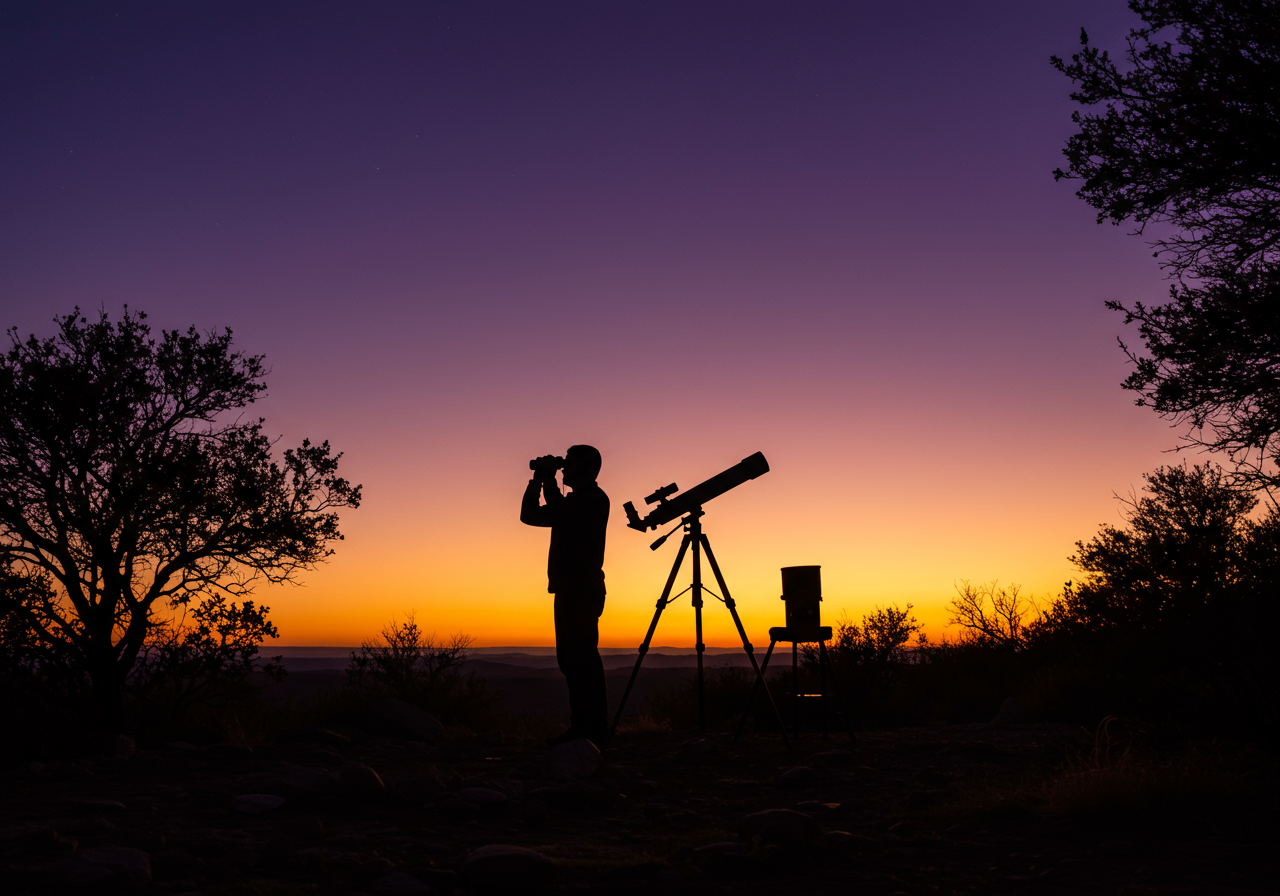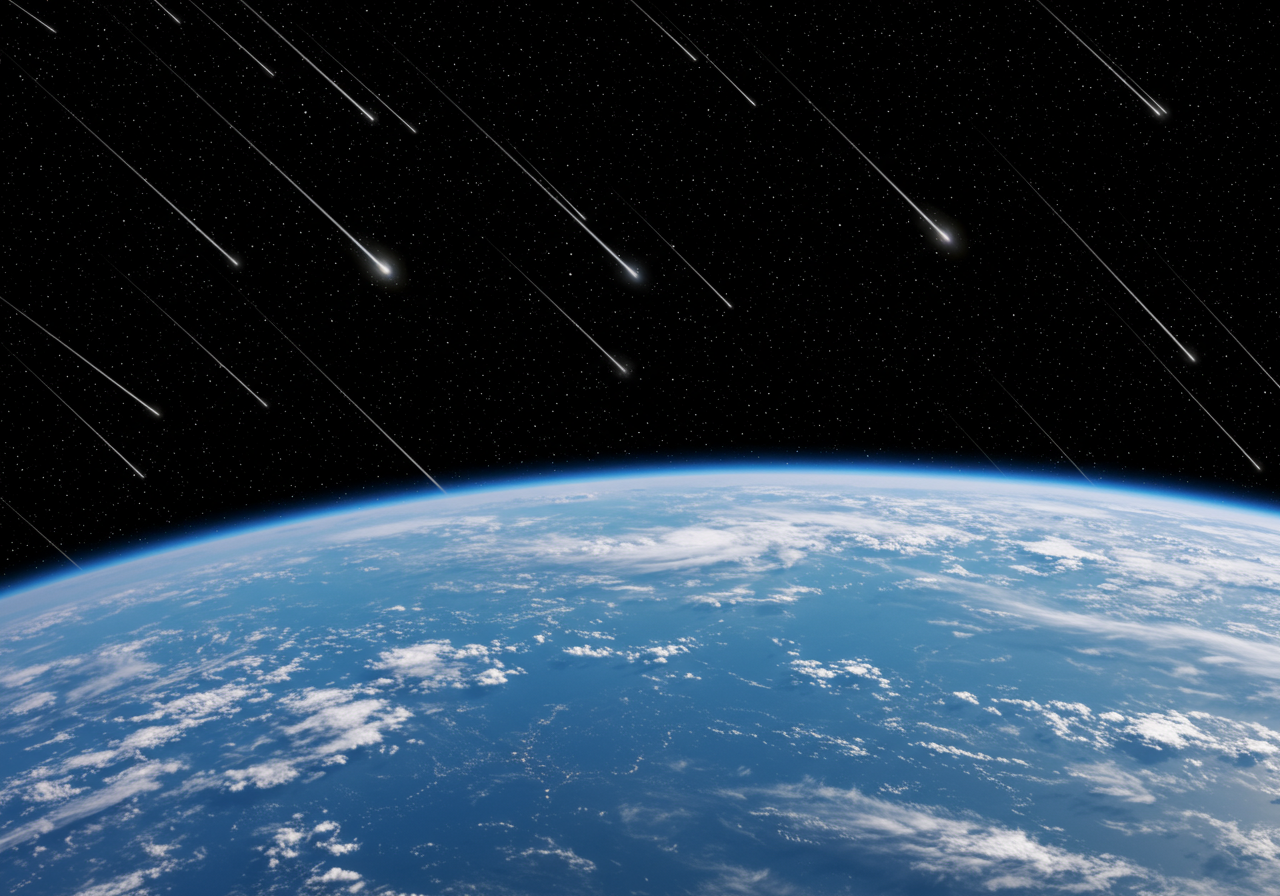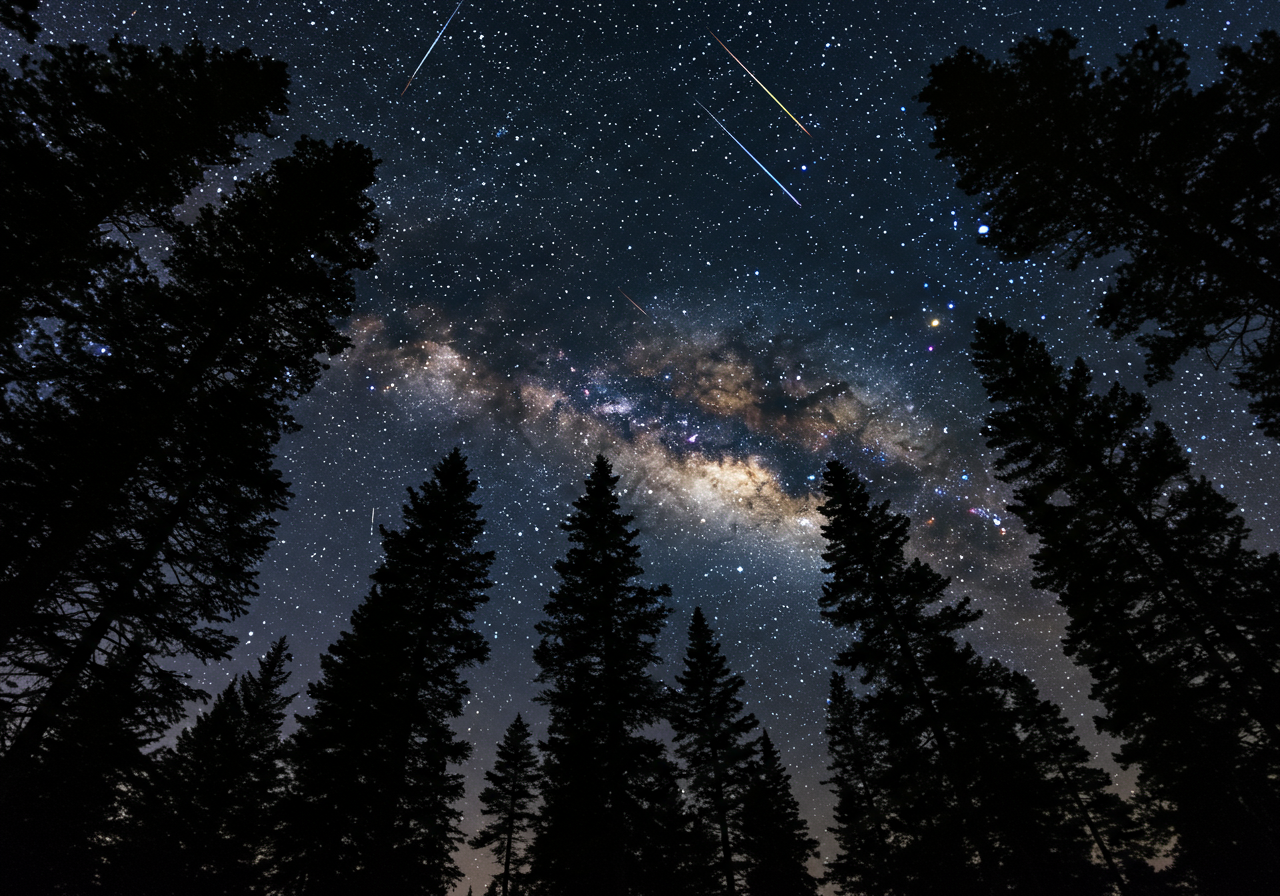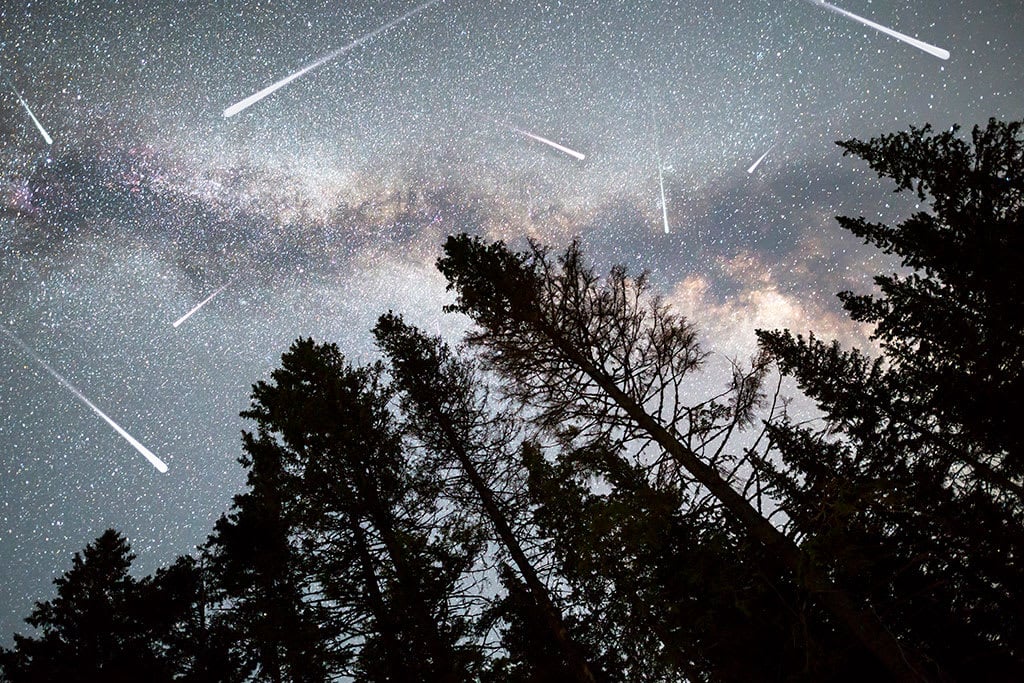The night sky is filled with endless wonder, including meteors—which we can observe as they enter the earth’s atmosphere—and collections of them, known as meteor showers. Robert Lunsford, fireball report manager and contributing editor for the American Meteor Society, discusses the marvel of meteor showers and offers essential viewing tips.

Meteor showers are surprisingly predictable. Why is that the case?
Meteors are produced by comets or asteroids whose orbits are well-known—the earth intersects them at pretty much the same time every year. It may change by a few hours or a day or two each year, but we have a good idea of when they’re going to happen, so we can advise people on when they can see the best activity.
You’re a fireball report manager. What exactly are fireballs?
A fireball is basically a meteor that’s larger and brighter than normal; it equals or surpasses the brightness of Venus. They’re quite rare and unpredictable since most are not related to any known shower. Earlier this year, though, for only the seventh time ever, scientists were able to predict when one would occur.
Scientists are so interested in fireballs because a meteor must be at least that bright to survive the atmosphere and produce meteorites. But whether meteorites fall to earth depends on their angle of descent and velocity when they enter the atmosphere. If either is too great, they’re going to be vaporized. And even when they do touch down, the original meter-sized object is usually reduced to just a couple of few-ounce fragments at best.

Does that mean meteors can’t destroy cities like in the movies?
[Laughs] To be honest, they’re not hot, like the movies show—they don’t start fires or destroy buildings. You won’t even find things such as hot coals on the ground. From about five miles up, our cold atmosphere cools them.
Is there a holy grail of meteor showers?
One was last year’s Tau Herculid, the result of a comet that basically fell apart back in 1995. But the true holy grail is the Leonid meteor shower, which produced two of the best displays ever recorded in November 1833 and November 1966. The latter was completely unexpected. Experts thought that the Leonid had petered out because it hadn’t produced any displays since 1866, so it was a huge surprise to see it come alive again a century later.
The Leonid was also pretty spectacular in 2001, producing up to seven meteors per second. To put that into perspective, the best showers normally produce one or two meteors per minute. Naturally, they don’t come once every sixty seconds like clockwork—you can go five minutes without seeing anything, and then you’ll have two or three within a minute. But the best showers can reach two hundred an hour in the darkest places.

What’s the best way to view meteor showers?
You want to be in a wide field so you can see as much sky as possible, and the darker your sky, the more meteors you’ll be able to see. Fortunately, Stanly County has ideal space for spectacting. Whether you have a large backyard or neighboring field, the dark night sky shouldn't be hard to find. For those inside the city or with too many neighborhood lights, be sure to head to Morrow Mountain State Park for long range views. Just don't forget your binoculars. Binoculars have a much wider field of view than telescopes and are quite useful for seeing meteors that produce trains, which are lines of smoke that twist and twirl in the upper atmospheric winds after the meteors disappear.
Pay attention to the schedule too. During summertime in the Northern Hemisphere, things pick up and it gets a lot more entertaining, even during the evening hours. For example, if you want to watch the Perseids, which occurs from mid-July through August, start as soon as it gets dark. You’ll see five or six meteors per hour, and that will only increase as the night progresses—up to about sixty per hour toward dawn. Orionids are active every year in October, usually peaking around October 20/21. At its peak, up to 20 meteors are visible every hour
One thing that’s helpful to us is when people log meteors and their parameters, such as the time and conditions. That tells us exactly when the earth passes through the densest part of these meteor showers, which enables us to make more accurate predictions for the following year.

Ultimately, what do you get out of these experiences?
When I’m out watching these events, I’ll often think, There’s really no such thing as a random meteor. At one time, it belonged to something that fell apart, but it has become so dispersed through the years, it’s no longer recognizable. I often wonder what body it came from. Could it have been an asteroid, a comet, or even another planet? Those are the kinds of deep thoughts you can have between seeing meteors.
It’s really up to you how immersed you want to get in this activity. You can try to find out everything possible about what’s up there, or you can just lie back and enjoy the show. Either way, you never know when that fireball might zip overhead and illuminate the entire sky or produce a train. It’s mostly a big surprise, and it’s well worth the wait.
For more info, including the 2023 meteor shower calendar, visit amsmeteors.org










